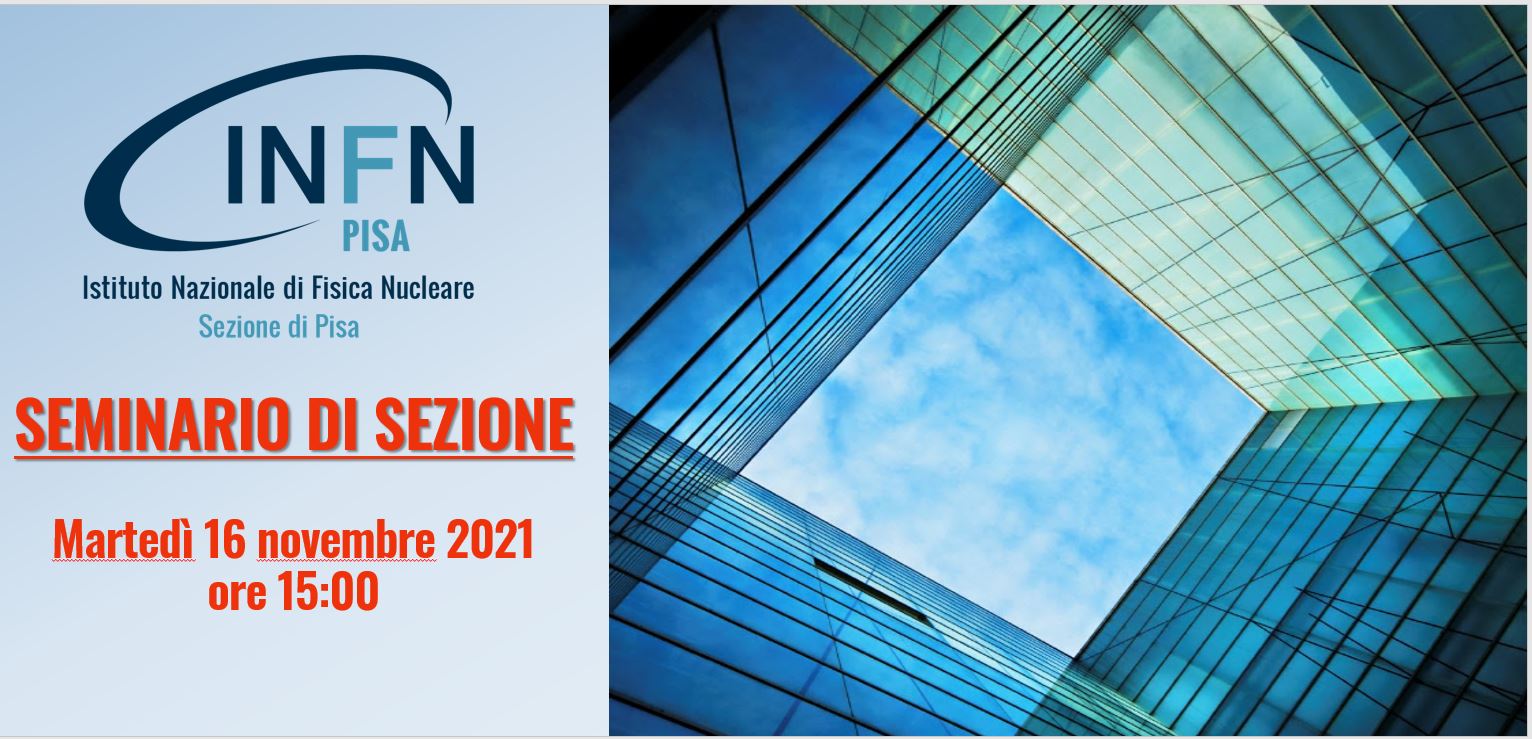Abstract
In the quest for the Lepton Flavour Violation (LFV) the MEG experiment at the Paul Scherrer Institut (PSI) represents the state of the art in the search for the charged LFV μ+ →e+γ decay.
MEG set the most stringent upper limit on the BR(μ+ → e+γ) ≤ 4.2 × 10−13 (90% C.L.), imposing one of the tightest constraints on models predicting LFV-enhancements through new physics beyond the Standard Model. An upgrade of MEG, MEG II, was designed and it recently started the first physics data taking, aiming at reaching a sensitivity level of 6 ×10−14. In order to reconstruct the positron momentum vector a Cylindrical Drift CHamber (CDCH) was built, featuring angular and momentum resolutions at 6.5 mrad and 100 keV/c level. Despite this kind of gas detectors was used since late ’60s, the MEG II drift chamber presents a series of unprecedented peculiarities. CDCH is a 2-meter long, 60 cm in diameter, low-mass, single volume detector with high granularity: 9 layers of 192 drift cells, few mm wide, defined by 12000 wires in a stereo configuration for longitudinal hit localization. The single drift cell is quasi-square with a 20 μm Gold-plated Tungsten sense wire surrounded by 40/50 μm Silver-plated Aluminum field wires.
Given the high wire density (12 wires/cm2), CDCH is the first drift chamber ever designed and built in a modular way. The filling gas mixture is Helium:Isobutane 90:10. The total radiation length is 1.5 × 10−3 X0, thus minimizing the Multiple Coulomb Scattering and allowing for a single-hit resolution < 120 μm. After the assembly phase at INFN Pisa, CDCH was transported to PSI and it has been integrated into the MEG II experimental apparatus since 2018. Aluminum
wire breaking problems arose during the assembly and commissioning. Deep analyses showed that the origin of the breaking phenomenon is the chemical corrosion of the Al core in presence of water condensation on wires from ambient humidity. Keeping the wires volume in an absolutely dry atmosphere proved to be effective to stop the development of corrosion. Anomalous high currents (up to 300 μA) were observed in some sectors during the conditioning period. These were cured through a gas mixture optimization with the addition of up to 2% Oxygen, which was then gradually reduced to a lower content. The commissioning phase lasted for the past three years with continuous improvements both on the hardware and software side. The final lengthening was set and the operational stability was reached in 2020. The complete read out electronics is available for the first time in 2021, allowing a full noise and signal check and the tuning of the reconstruction algorithms. The physics data taking period will take the upcoming three years
Abstract e slide disponibili su: https://agenda.infn.it/event/28894/
Il seminario si terrà in presenza nella Sala Galilei (stanza 131) per un numero limitato di persone (32) e via Zoom al seguente indirizzo:
https://infn-it.zoom.us/j/84261721878?pwd=MDZNaGdBUlcvUUJXa2phSHZVZk5sdz09
ID riunione: 842 6172 1878
Passcode: 611379

